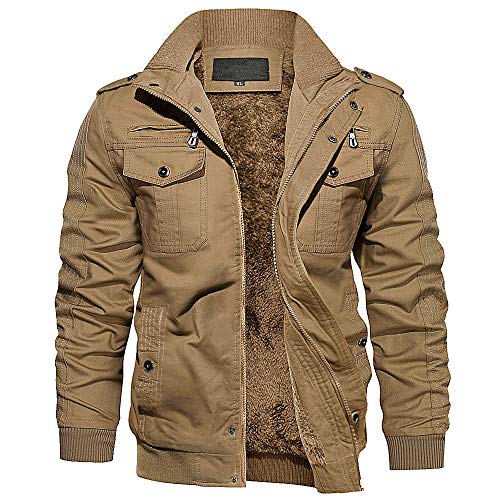Uncle Hud
Just another blob of protoplasm using up your oxyg
Firstly, I am NOT a technical FJR guy.MartyO posted: Was adjusting the spring rate to 2-up and it didn't make it and brought up a suspension problem light. I turned the bike off then restarted and it went right to 2-up and the light went off. I cycle thought the spring settings occasionally since it usually just stays on 1-up with bags. This happened in my first year and has never happened again.
So, you think the suspension light came on because the spring rate adjustment wasn't finished? As in, the ES was halfway changing before you accelerated away from a stop light?
I have "gotten caught" shifting the spring rate/preload at a stop light, but the light turned green before it finished. Has happened more than once. Don't remember a trouble light, but it could have happened.
(PS, I don't do that any longer, unless I KNOW the red light will be red for over 60 seconds.)
Last edited by a moderator:






























































